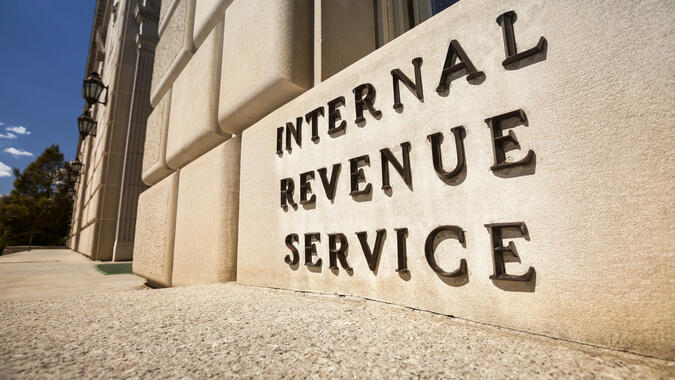
10 Auditor Considerations Under the New Employee Benefit Plan Standard (SAS 136)
- Published
- Aug 8, 2019
- Share
The American Institute of CPA’s Auditing Standards Board recently published Statement on Auditing Standards (SAS) No. 136, Forming an Opinion and Reporting on Financial Statements of Employee Benefit Plans Subject to ERISA (Employee Retirement Income Security Act of 1974). This new standard addresses an auditor’s responsibility to form an opinion on the financial statements of employee benefit plans subject to ERISA, as well as the form and content of the auditor’s report issued on the financial statements of an ERISA plan. Such plans include 401(k), 403(b), defined benefit, and health and welfare plans. The new standard is effective for audits of ERISA plan financial statements for periods ending on or after December 15, 2020; early implementation is not permitted.
The standard delineates an auditor’s responsibilities and performance requirements related to:
- Engagement acceptance, including obtaining the agreement of management acknowledging and understanding their responsibility for the plan, its administration and disclosures.
- Audit risk assessment and an auditor’s responses to identified risks.
- Evaluation and reporting of prohibited party-in-interest transactions.
- Evaluation of reportable findings such as noncompliance or internal control deficiencies.
- Communications with management or those charged with governance related to reportable findings.
- Procedures for an ERISA Section 103(a)(3)(C) audit, previously known as limited-scope audit.
- Required written representations from plan management.
- Forming an opinion on ERISA plan financial statements.
- Contents and form of the auditor’s opinion on such statements.
- Auditors’ responsibilities in reading the draft Form 5500 prior to dating the auditor’s report and related communications with those charged with governance.
Much of the standard contains detailed guidance on the form and content of an auditor’s opinion on ERISA plan financial statements. There are comprehensive examples and explanations for the structure and presentation of such opinions, including reports for audits in accordance with Generally Accepted Auditing Standards, as well as other auditing standards.
SAS 136 also includes examples of reports on comparative financial statements and reports when prior period financial statements were audited by a predecessor auditor or when a prior period was not audited. The standard incorporates expanded content within the “Responsibilities of Management” and “Auditor’s Responsibilities” paragraphs. Most notably, this new standard impacts reporting on a limited-scope audit that many 401(k) plans elect when a qualified institution certifies both the accuracy and completeness of the plan’s investment information submitted to the plan administrator. Beginning with 2020 audits, the audit report will refer to ERISA Section 103(a)(3)(C) and contain an “Opinion” rather than a “Disclaimer of Opinion” paragraph, and there are exhibits included in the standard that present examples of such opinion. Finally, SAS 136 also discusses reporting on ERISA-required supplemental schedules accompanying plan financial statements.
SAS No. 136 offers comprehensive interactive guidance to auditors of employee benefit plans. In its “Application and Other Explanatory Material” section, the standard thoroughly expands on its provisions and requirements. Plan sponsors should carefully read this new standard to understand the audit opinion that they will be reviewing and filing with their plan’s Form 5500 filing for calendar year 2020.
Contact EisnerAmper
If you have any questions, we'd like to hear from you.
Receive the latest business insights, analysis, and perspectives from EisnerAmper professionals.










